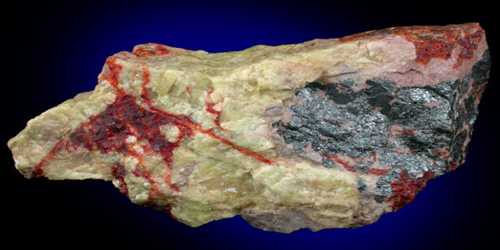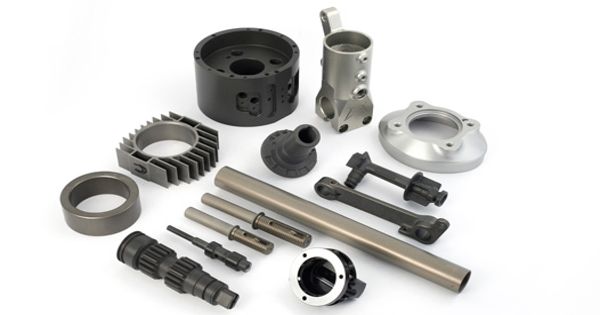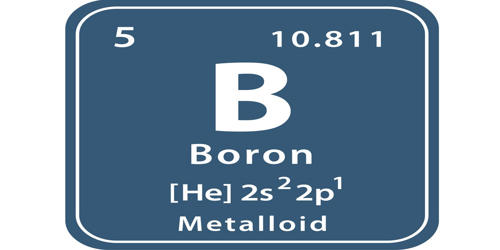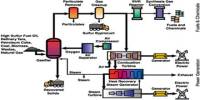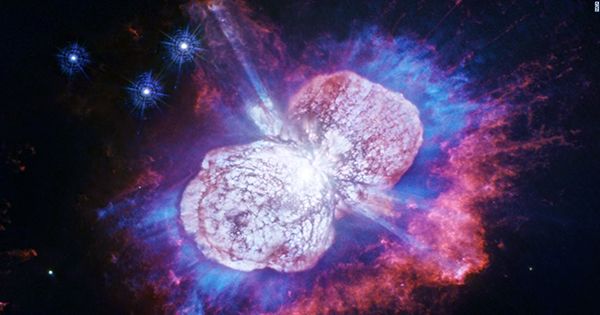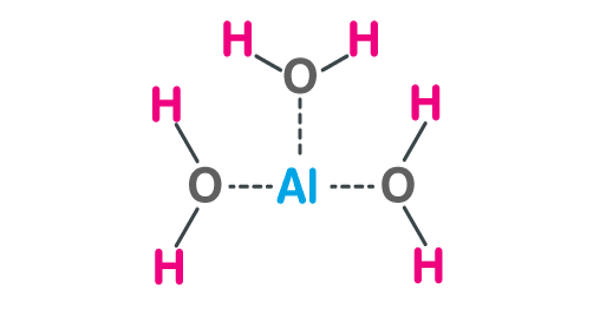Rhenium trioxide or rhenium(VI) oxide is an inorganic compound with the formula ReO3. It is one of the several oxide forms of rhenium and is typically encountered as a crystalline solid. It is a red solid with a metallic lustre that resembles copper in appearance. It is the only stable trioxide of the Group 7 elements (Mn, Tc, Re).
Preparation and structure
Rhenium trioxide is a yellow or orange solid at room temperature. It forms dark yellow crystals that are highly sensitive to light. It can be formed by reducing rhenium(VII) oxide with carbon monoxide at 200 °C or elemental rhenium at 400 °C.
Re2O7 + CO → 2 ReO3 + CO2
3 Re2O7 + Re → 7 ReO3
Re2O7 can also be reduced with dioxane.
Rhenium trioxide crystallizes with a primitive cubic unit cell, with a lattice parameter of 3.742 Å (374.2 pm). The structure of ReO3 is similar to that of perovskite (ABO3), without the large A cation at the centre of the unit cell. Each rhenium center is surrounded by an octahedron defined by six oxygen centers. These octahedra share corners to form the 3-dimensional structure. The coordination number of O is 2, because each oxygen atom has 2 neighbouring Re atoms.
Properties
ReO3 is unusual for an oxide because it exhibits very low resistivity. It behaves like a metal in that its resistivity decreases as its temperature decreases. At 300 K, its resistivity is 100.0 nΩ·m, whereas at 100 K, this decreases to 6.0 nΩ·m, 17 times less than at 300 K.
- Chemical formula: ReO3
- Molar mass: 234.205 g/mol
- Appearance: Deep red crystals
- Density: 6.92 g/cm3
- Melting point: 400 °C (752 °F; 673 K) (decomposes)
- Magnetic susceptibility (χ): +16.0·10−6 cm3/mol
Chemical properties
Rhenium trioxide is insoluble in water, as well as dilute acids and bases. Heating it in base results in disproportionation to give ReO2 and ReO−4, while reaction with acid at high temperature affords Re2O7. In concentrated nitric acid, it yields perrhenic acid. Upon heating to 400 °C under vacuum, it undergoes disproportionation:
3 ReO3 → Re2O7 + ReO2
Rhenium trioxide can be chlorinated to give rhenium trioxide chloride:
2 ReO3 + Cl2 → 2 ReO3Cl
Uses
- Catalysis: Rhenium trioxide is important in catalysis, particularly in processes like hydrodesulfurization in petroleum refining.
- Manufacture of rhenium compounds: It is used as a precursor for producing other rhenium compounds, such as rhenium pentoxide (Re₂O₅), which has applications in electronics and in the aerospace industry.

